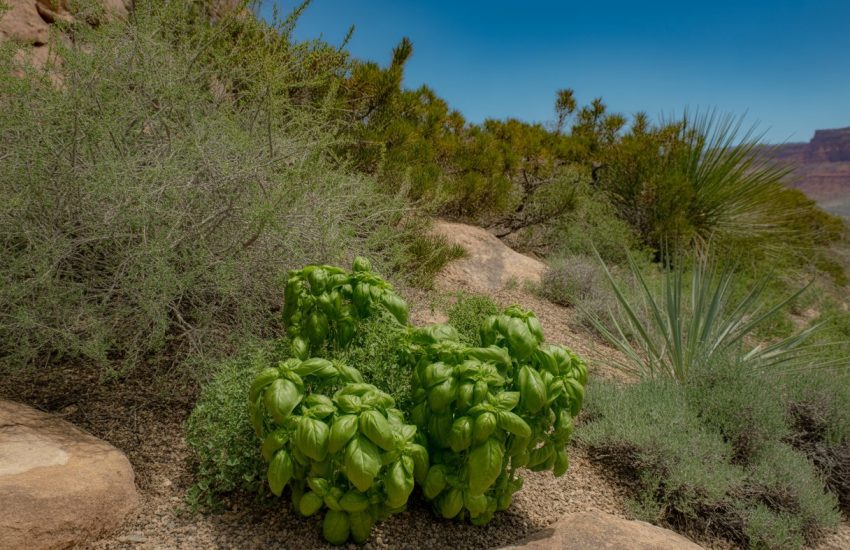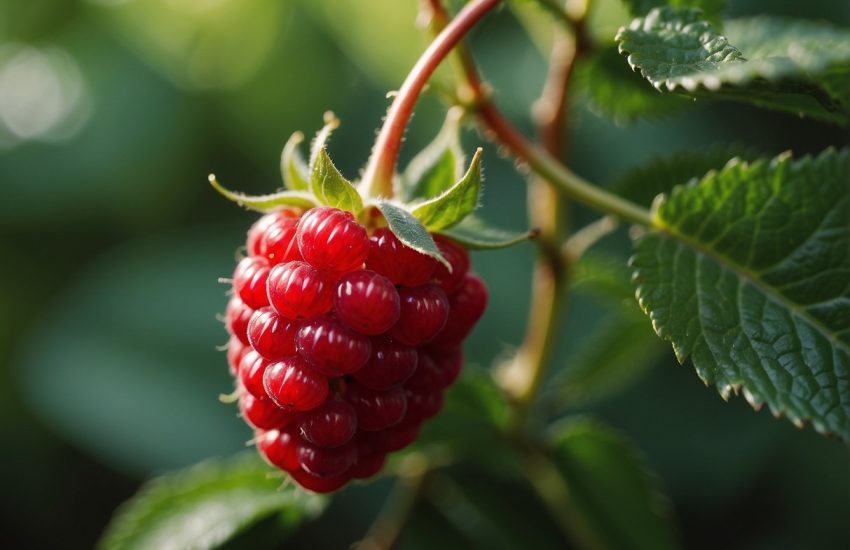Zone 6 Palm Trees: Hardy Varieties for Cold Climates
Zone 6 is known for its cold winters and mild summers, which makes it a challenging environment for growing tropical plants. However, gardeners in Zone 6 can still enjoy the beauty of palm trees by choosing cold-hardy varieties that can withstand the harsh winter conditions. These palm trees are adapted to survive in temperatures as low as -10°F (-23°C) and can thrive in Zone 6 gardens.

USDA Zone 6 covers a large area of the United States, including parts of the Northeast, Midwest, and Pacific Northwest. Gardeners in this zone need to be mindful of the winter temperatures and choose plants that are hardy enough to survive the cold. Fortunately, there are several palm tree species that are suitable for Zone 6 gardens, including the Windmill Palm, Dwarf Palmetto, and Needle Palm.
Cold-hardy palm trees are a great addition to any Zone 6 garden, as they provide a tropical touch to the landscape while also being able to withstand the winter cold. These palm trees are not only beautiful, but they are also easy to care for and require little maintenance. With the right selection and care, Zone 6 gardeners can enjoy the beauty of palm trees in their own backyard.
Selecting the Right Palm Trees for Zone 6
Planting palm trees in Zone 6 can be challenging due to the cold winters that can kill many tropical plants. However, there are still some cold-hardy palm varieties that can survive and thrive in this region. In this section, we will discuss some of the best palm trees for Zone 6 and the considerations that gardeners should keep in mind when selecting and caring for these trees.
Cold Hardy Palm Varieties
When selecting palm trees for Zone 6, it is essential to choose cold-hardy varieties that can withstand the cold temperatures. Some of the most popular cold-hardy palm trees for Zone 6 include:
Windmill Palm (Trachycarpus fortunei): One of the most popular palm trees for Zone 6, the windmill palm can tolerate temperatures as low as -5°F and can grow up to 30 feet tall.
Dwarf Palmetto (Sabal minor): A smaller palm tree that can grow up to 6 feet tall, the dwarf palmetto is native to the southeastern United States and can tolerate temperatures as low as 0°F.
Needle Palm (Rhapidophyllum hystrix): Another cold-hardy palm tree that can tolerate temperatures as low as -5°F, the needle palm is a slow-growing palm that can reach up to 8 feet tall.
European Fan Palm (Chamaerops humilis): A small, slow-growing palm tree that can reach up to 10 feet tall, the European fan palm is native to the Mediterranean and can tolerate temperatures as low as 5°F.
Considerations for Sun and Shade
When selecting palm trees for Zone 6, it is also important to consider the amount of sun and shade that the trees will receive. Most palm trees prefer full sun, but some varieties can tolerate partial shade. The Windmill Palm, for example, can tolerate partial shade, while the Needle Palm prefers full sun.
Soil and Watering Requirements
Palm trees require well-draining soil and regular watering to thrive. Gardeners should ensure that the soil is well-draining and enriched with organic matter. Mulching around the base of the tree can help retain moisture and protect the roots from cold temperatures. Gardeners should also water the palm trees regularly, especially during hot, dry weather.
Overall, selecting the right palm trees for Zone 6 requires careful consideration of the cold hardiness, sun and shade requirements, and soil and watering requirements of the trees. By selecting the right palm trees and providing proper care, gardeners can enjoy the beauty and tropical feel of palm trees even in colder climates.
Maintaining Palm Trees in Cold Climates
Protection from Winter Elements
Cold hardy palms can withstand winter temperatures, but they still need protection from the elements. Winter winds can be especially damaging to foliage, causing it to dry out and die. To protect the foliage, wrap the tree in specialty wrap or burlap. This will help to prevent damage from winter winds and freezing temperatures.
Practical Gardening Tips
In addition to winter protection, there are some practical gardening tips that can help maintain palm trees in cold climates. Here are a few tips:
Water the tree regularly: Even though it’s winter, the tree still needs water. Water the tree regularly, but don’t overwater it. Overwatering can cause root rot, which can be fatal to the tree.
Fertilize the tree: Fertilize the tree in the spring and fall to promote healthy growth.
Prune the tree: Prune the tree in the spring to remove any dead or damaged foliage. This will help to promote healthy growth and prevent disease.
Wrap the tree in a cardboard box: If you don’t have specialty wrap or burlap, you can wrap the tree in a cardboard box. This will help to protect the foliage from winter winds and freezing temperatures.
By following these practical gardening tips, you can help maintain your cold hardy palm trees and keep them healthy all year round. For more information on how to maintain palm trees in cold climates, subscribe to the Gardening Know How Newsletter or download the Ebook “How to Grow Delicious Tomatoes”.


